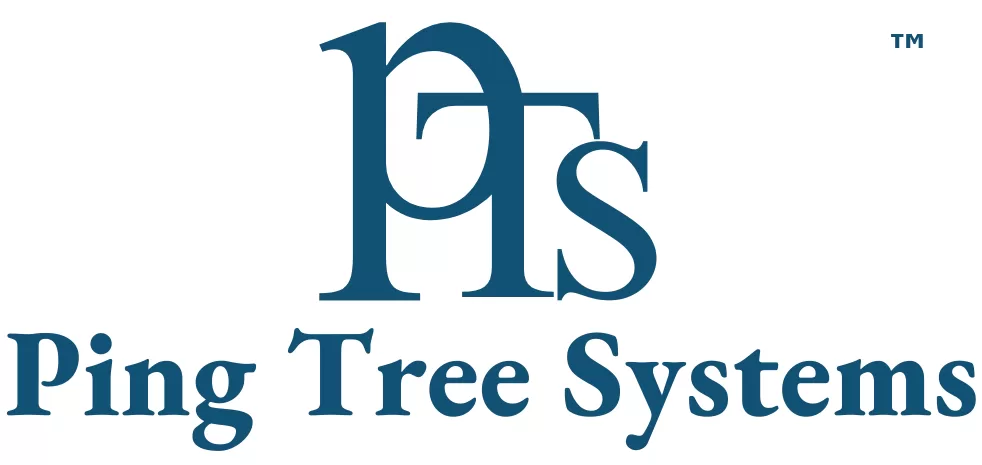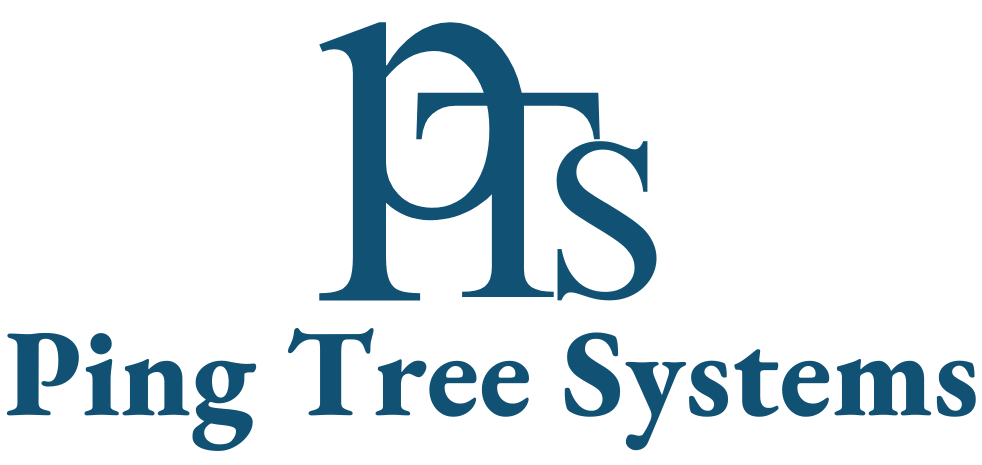Creating leads is just the beginning in the cutthroat health insurance market of today. Turning those leads into paying clients is the true obstacle. A Customer Relationship Management (CRM) system is quite helpful in this situation. In addition to managing data, a properly managed CRM—when integrated with a Ping Tree System—actively increases conversion rates, facilitates communication, and creates enduring client relationships.By using Ping Tree Software, insurance agents can automate real-time lead distribution, ensuring that each lead is routed to the right agent based on predefined criteria. This not only speeds up response time but also increases the chances of successful conversions. When combined with a robust Leads Distribution Software, the entire lead handling process—from generation to conversion—becomes seamless and scalable, empowering agencies to grow faster and serve clients more efficiently.
Why Health Insurance Agents Need CRM
Numerous sources—including websites, landing pages, social media advertisements, third-party lead suppliers, and more—generate health insurance leads. Managing and developing these leads can easily devolve into chaos in the absence of a systematic approach. This is resolved by a CRM integrated with lead distribution systems and ping post lead distribution software, which ensures that each lead is routed to the right agent at the right time. A CRM helps by:
-
Setting priorities and organizing leads using ping and post logic
-
Monitoring past communications for a personalized follow-up
-
Notifying and following up on time to avoid missed opportunities
-
Automating routine activities to improve agent productivity and conversion
How CRM Converts Leads Into Sales
-
Lead Scoring and Segmentation
Not all health insurance leads are created equal. While some require nurturing, others are ready to buy. CRMs assist agents in segmenting prospects based on:
-
Age range
-
Health conditions
-
Policy interest (individual, family, critical illness, etc.)
-
Lead source
Advanced CRMs, especially those integrated with lead distribution systems, even support lead scoring using user engagement data like email opens and website visits. This helps agents focus on high-conversion prospects.
-
Quicker Reaction Time
According to research, contacting a lead within the first five minutes boosts conversion chances by 400%. CRMs equipped with ping post lead alerts and auto-responders ensure agents act promptly, dramatically improving the chances of closing the deal.
-
Automated Follow-ups
Health insurance leads often need multiple interactions. CRMs can automate email sequences, SMS reminders, and call scheduling to ensure:
-
No lead is missed
-
Follow-ups happen on time
-
Agents stay top-of-mind for prospects
Automation ensures that even leads delivered via ping and post are consistently nurtured.
-
Centralized Communication
All calls, notes, and emails are stored in one place. This unified view allows agents to personalize interactions and avoid repeating questions, making prospects feel valued and understood.
-
Integration with Lead Distribution and Ping Post
Modern CRMs integrate seamlessly with lead distribution systems and support ping post lead distribution, ensuring that leads are:
-
Delivered faster
-
Matched to the best-suited agent
-
Generating higher conversion rates
This ping and post approach boosts ROI on purchased or inbound leads by optimizing routing and response time.
-
Reporting & Analytics
CRMs provide actionable insights into:
-
Conversion rates
-
Follow-up effectiveness
-
Channel performance (which source delivers the most valuable health insurance leads)
-
Agent productivity
These insights help refine marketing strategies and improve overall sales outcomes.
-
Renewal and Retention
A great CRM doesn’t stop at conversion. It tracks policy renewal dates, automates renewal reminders, and assists in upselling or cross-selling additional plans. This fosters long-term client relationships and sustainable revenue.

